70 Comment
If you've always wanted to try pottery, but don't think you can manage the whole "potter's wheel" thing, try making a leaf plate for starters.
Material
- 1 block Potters Clay
- Variety Leaves from the garden
- Choice Coloured glazes (for glazing finished product)
- One Rolling Pin
- 1 30 cm wide platter with 1 cm deep rim
- 1 roll Gladwrap
- 1 Painters sponge (small)
- 2 metres square Scrap Material
Method
- Cut a good size chunk off the block of potters clay, and throw it so that it is really pliable and easy to roll. Line the platter that you are going to use as a mould for your platter with gladwrap, extending the plastic over the edges.
- Shape the chunk of clay into a rough circular shape, and using the rolling pin, roll the clay (on the scrap material) so that it increases its size to at least 2 cm bigger than the plate you are using as a base. and it is 1/2 cm thick evenly all over. You basically roll it like you would pastry.
- When the clay is of even thickness, and larger than base platter, place the base platter upside down on the clay and flip it over so the clay is covering the inside of the platter (like pastry would if you were making a pie base). Gently, with your finger-tips, pat the clay all around the inside of the base plate, ensuring that there are no bumps or air bubbles in the clay. Using a knife, cut the excess clay from around the edge of the plate, making a smooth edge.
- Using the leaves you have got from the garden, place them in random patterns on the inside surface of the clay, pressing down so that the outline of the leaves and any veins will make obvious indentations in the clay. When you got a pattern you are happy with, or you have filled the surface of the plate with leaves, then it is time to make a pattern around the outer edge of the plate.
- You can use a fork or anything really to give a pretty edge pattern I used a couple of special clay decorating pins. Once you have done this, then you need to leave the platter for a day or so, to ensure that the clay has dried sufficiently firmly to maintain the shape of the base platter. Then you remove the dried clay plate from the base platter, throw the gladwrap away, and then you have to find someone with a kiln who will bisque fire the plate for you (schools and craft shops often have these or know of private individuals who have them).
- Once your decorated clay plate is bisque-fired, you will see that the leaves burn off, leaving the most amazing patterns and shapes. When the plate is cool, using fine sandpaper, smooth any rough edges on the plate, and any bumps, but handle the plate with great care, as it it still relatively fragile.
- Then you can decide what colour glaze you want to use on the plate. Something not too dark, that allows the outline of the leaves and their veins to be seen is good. Using an artists sponge, gently pat the glaze all over both sides of the plate, and allow to dry. Then glaze-fire the plate in the kiln. When it is finished the final firing, and is cooled down, your plate is ready to be displayed and used.
Notes
You can make your plate any shape or size, it depends on what you use as a base platter or mould for your finished product. It is a fun thing to do with kids, but you do need to have access to a kiln to fire the finished product. What you end up making is only limited by your imagination. You really can make anything from clay, and decorate things in a variety of ways, and you do not need a potters wheel to do it.
Want other brilliant projects sent to you?
You might also like…
This project was posted by:






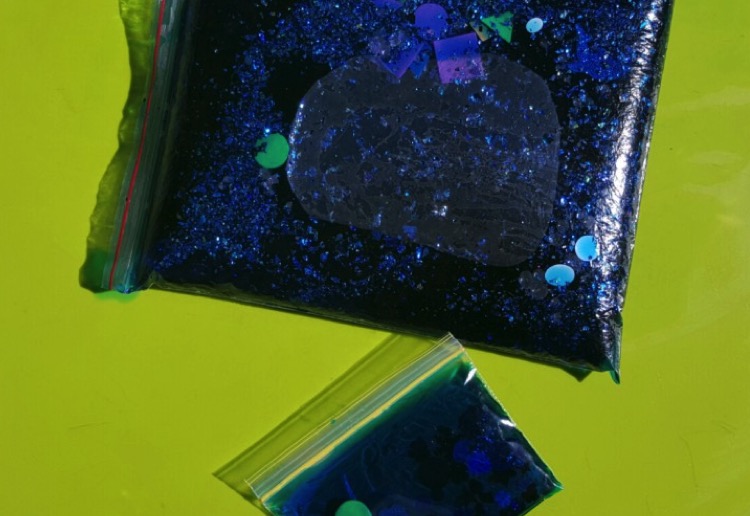
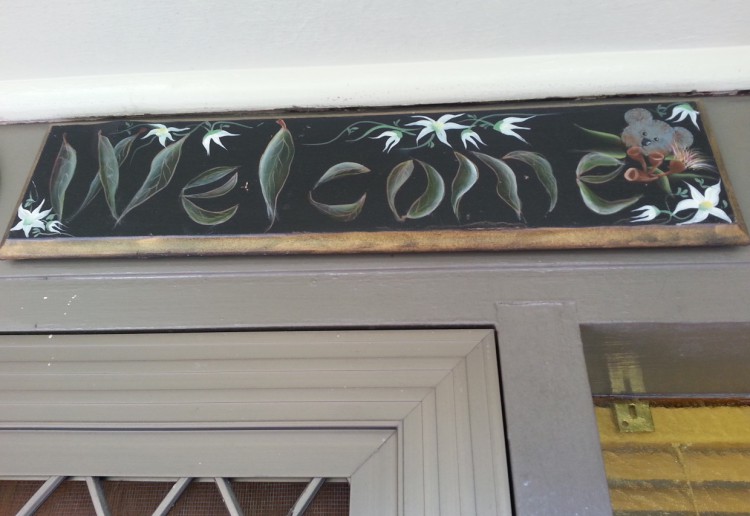
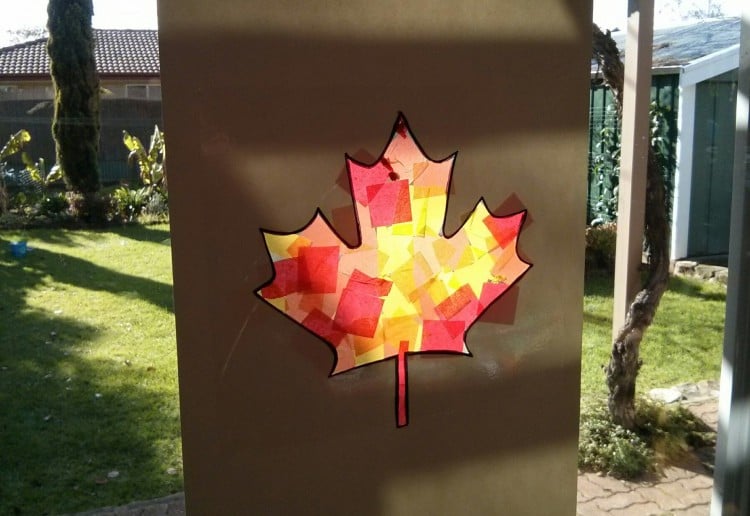

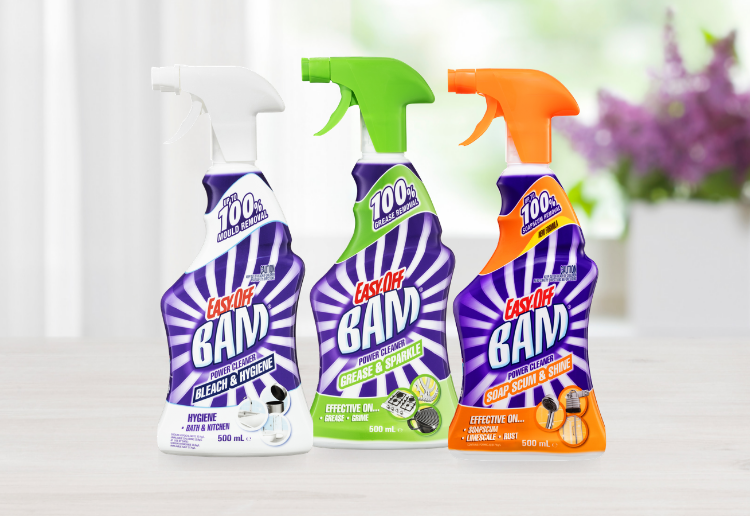
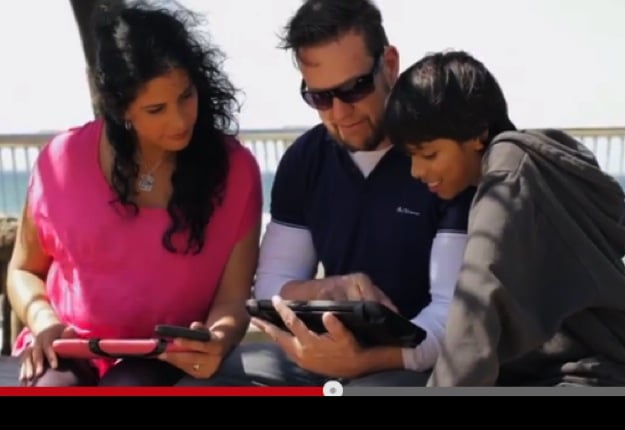

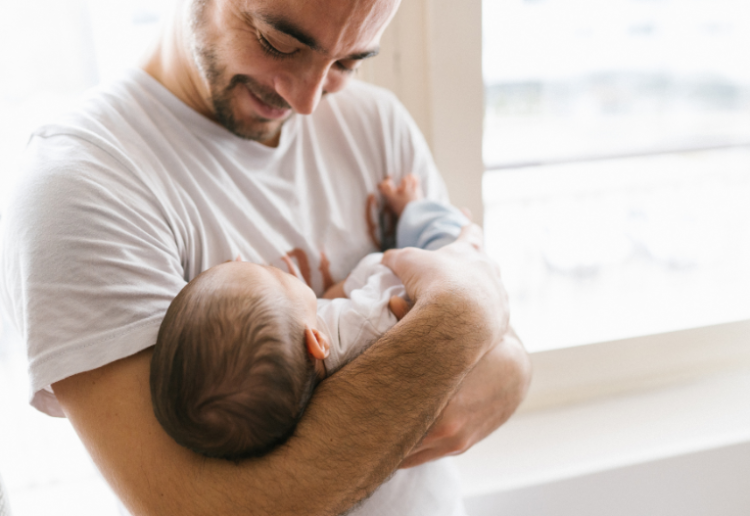
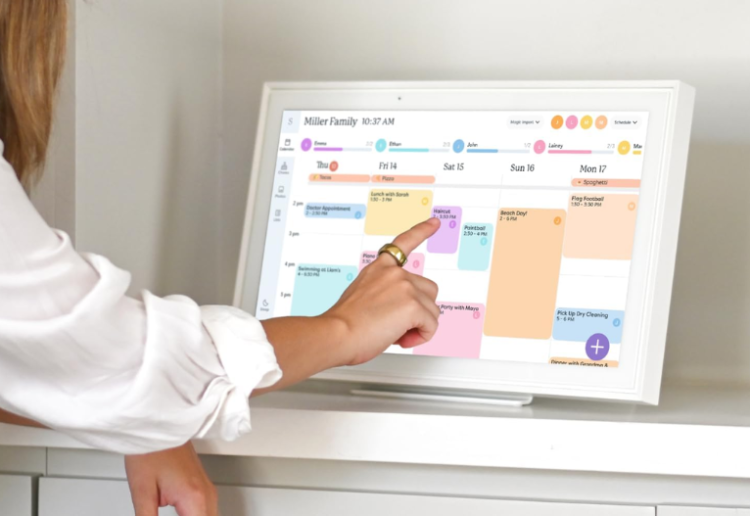


















4:40 pm
7:16 am
9:34 pm
-

-
-
kjgarner replied
- 28 Jun 2018 , 8:36 pm
Reply10:19 am
1:27 am
11:24 am
9:35 pm
11:09 pm
8:31 pm
2:23 am
8:40 am
6:56 am
11:58 pm
11:17 am
12:49 am
7:45 am
10:56 am
7:49 pm
5:39 pm
2:55 pm
- 1
- 2
- …
- 4
- »
Post a commentTo post a review/comment please join us or login so we can allocate your points.